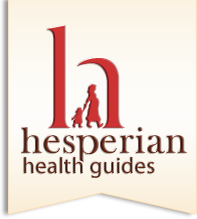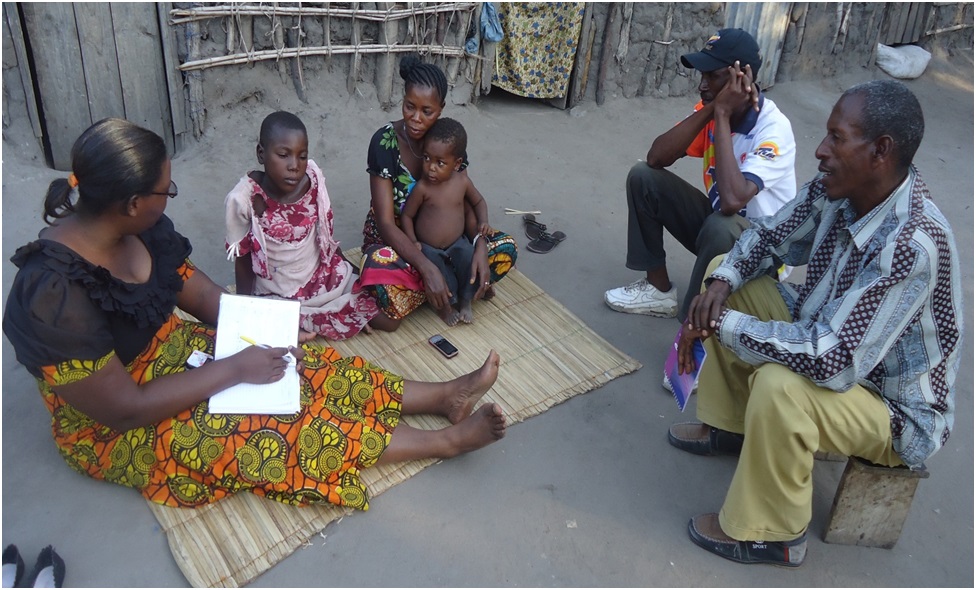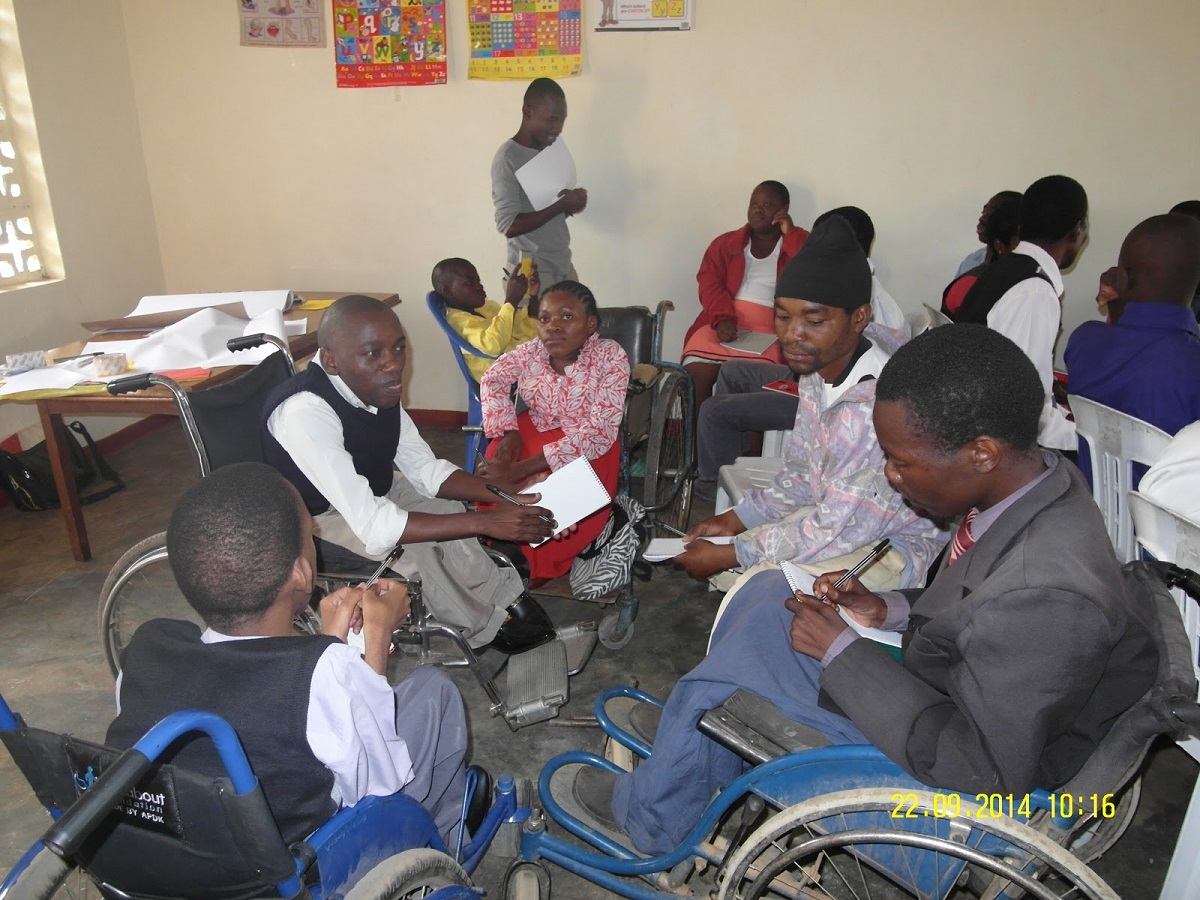Each AIDS day, we remember and mourn those we have lost, while renewing our commitment to empower and care for the living. We are especially thinking about young children, who depend on others to advocate for them — people who love them and understand the importance for everyone’s future of considering all our children’s needs while they are young. This advocacy is urgently needed for children affected by HIV.
Here at Hesperian, we know the best way to do this is by working alongside other committed caregivers, activists, health providers, and international health partners. In 2017, our new book, Helping Children Live with HIV, will be released. It includes tools to support HIV-affected children and their families, including information about how to communicate with children about HIV, support children who are grieving, give children daily medicines, support early childhood development and good health in children (with and without HIV), prevent sexual and other abuse of children, and care for common medical problems in children with HIV.
Helping Children Live with HIV, like every Hesperian book, has been collaboratively developed and field-tested with community partners in Africa, India, and other parts of the world. Grassroots health workers and educators work with local community members to read and try out our materials, and provide comments and suggestions to help us improve everything that we publish.
Today, we’d like to honor and thank the hundreds of people who have helped shape this book so far. Many of them work in local community groups which, among thousands of others, have long organized in their communities to respond to HIV and AIDS, since the most devastating years of the epidemic. When treatment was not available in poorer countries, they found ways to raise children and help them through the traumas of terrible loss, stigma, increased poverty, and too often their own illness and deaths. It’s a more hopeful time now, to have somewhat fairer distribution of resources and easier access to treatment, especially for adults. But children do not always benefit and there is still much work to do to make sure the most marginalized have access to the care they need. We are proud to be working together with some of the most creative and determined supporters of children’s health and well-being in the world.







